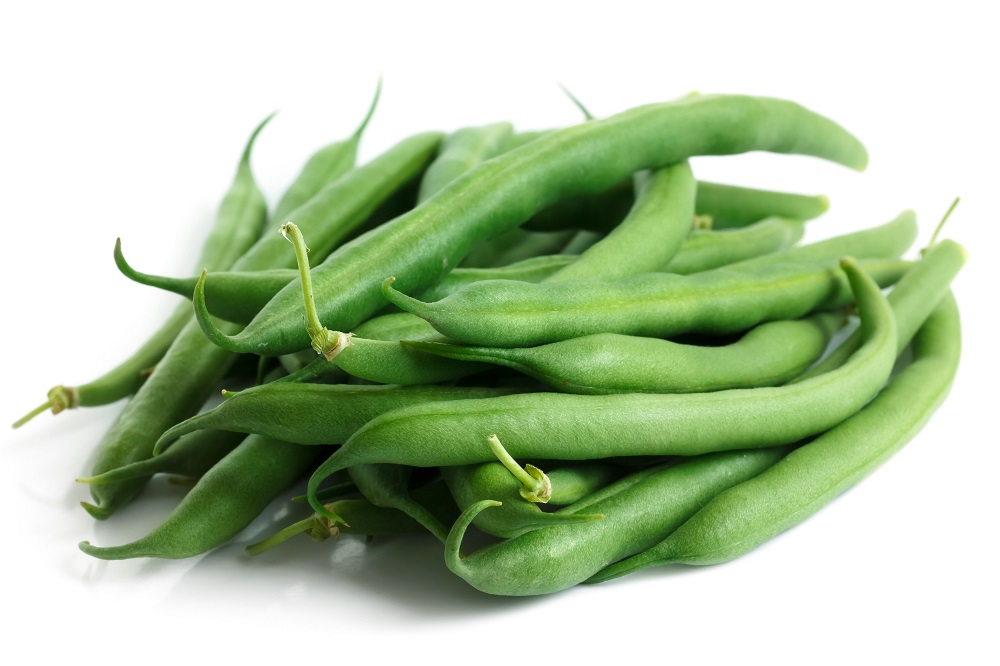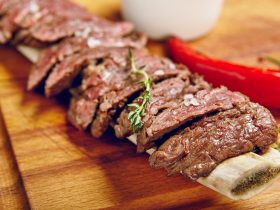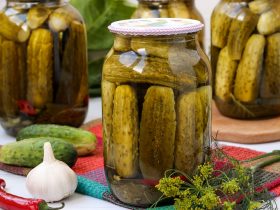Contrary to what many people seem to believe, string beans and green beans are in fact the exact same species1, with the exact same characteristics, flavor and appearance. Green beans or string beans are both referred to as the “common bean” in many countries, and are even called French beans or snap beans in certain areas.
Because of the wide-spread presence of green or string beans throughout the world, they are often preserved in cans filled with brine or otherwise sold fresh in marketplaces. This presents many questions, such as in what manner should the beans be cooked.
String beans and green beans are the exact same fruit. Referred to by many names, this unripe and young cultivar is among the most commonly found type of bean in many marketplaces and stores, often leading to confusion as to what the difference between a string bean and a green bean is.
What do String Beans or Green Beans Taste like?
The exact taste of most green vegetables (or in this case, fruit), depend on many factors, such as the amount of time that was put into cooking them as well as the relative age of the organic produce.
If cooked for too short a time, or if the green beans have been harvested at far too young an age, they will taste like grass due to there being an insufficient break-down of certain polyphenolic compounds within the fruit, of which require time under intense heat to no longer be detectable.

Otherwise, if the green beans are cooked to perfection or otherwise roasted in such a way that these compounds are eliminated, they will present an earthy taste with a slightly sweet after-taste.
This is complemented perfectly by salt or monosodium glutamate, of which only enhances its flavor.
Why are They Called String Beans?
Vegetables and fruits often undergo a slow process of eugenic cultivation as they are harvested. The exact effects of this pseudo-genetic modification depend largely on the desired traits the wider population of consumers enjoy in the organic produce.
Certain characteristics such as brightly colored skin or a sweeter taste are selected for, either by the farmers themselves or as dictated by market forces. Over time, this results in not only physical changes in the fruit or vegetable but also in the nomenclature used when naming them.
In the case of green beans, these particular fruits were first harvested with a fibrous interconnecting string or vein that would act as a primary nutrient and water transport mechanism throughout the plant.
This is also the reasoning behind its other name, snap beans, as breaking this interconnecting string would produce an audible snapping noise3.
Why are String Beans or Green Beans Considered Fruits?
Like all life forms, plants require a form of reproduction in order to ensure the continued existence of their particular species or genetic material.
This can vary widely between each individual species, from the release of spores into the air to dropping nutrient-rich pods that may be consumed and spread by wild-life or otherwise sprouted in the same area that they fall.
As such, the botanical classification for beans is that of a fruit, much like that of eggplants and avocados. The reasoning behind this understated fact is that the seeds or “beans” contained within the fruit are encased in a nutritious and fibrous outer shell, much like that of more traditional fruits.
How to Cook String Beans or Green Beans?
Green beans are a highly versatile fruit that are consumed across many countries and subsequently cooked in a variety of dishes.
Occasionally, green beans are also eaten on their own in their raw form, though many consumers find this both impractical and unpleasant owing to its particular flavor before undergoing the cooking process.
Green beans, if not sold in their freshly harvested form, are often cut and plunged into brine water before being sealed within metal cans. They may also be preserved frozen, which is the ideal long-term storage for these particular fruits as freezing will keep their nutritional value at its best quality.
When used in dishes, green beans are commonly added as either a main ingredient or as added texture to soups, casseroles and other hearty dishes that require a dash of green. In particular, green bean casserole is a traditionally consumed dish in the United States on certain holidays, and as such is often sold canned and ready for cooking in stores there.
Certain dishes may also forego the outer layer of skin around the green bean in favor of the seeds or beans contained within.
Are String Beans or Green Beans Good for You?
Like most other kinds of organic produce, green beans possess a significantly beneficial nutrient profile for the human body. This, of course, is affected by a variety of factors that may impact the bioavailability of these particular compounds. Processes such as grilling or over-exposure to the open air will reduce the efficacy of green beans as a nutritional source.
According to a research assay that was subsequently published by the U.S. Department of Agriculture, green beans in their raw form can contain up to 15% of the daily recommended vitamin C per one-hundred grams.
By extension, the same publication from the U.S. Department of Agriculture has also stated that green beans present a significant amount of Vitamin K, Vitamin B6, and manganese, all minerals and vitamins important to the proper function of cell organelles.
What Plant Part are You Eating When You Consume Green Beans?
Unlike what many consumers believe, green beans are in fact not the stalks of the plant but instead the reproductive organs of the plant encased in a protective shell that hangs from their flowers and branches.
The exact location of these fruits depends on the species of green bean being harvested, as certain types of green bean plants can act as shrubs with dense foliage and a short height. Other types of green bean plants can grow relatively high and as such develop longer bean pods.
References
1. Green, Aliza (2004). Field Guide to Produce. p. 126. ISBN 9781931686808.
2. Steiman, Adina. (July 2016) “Why You’re Probably Undercooking Your Green Beans (and Pretty Much All Your Vegetables)” Preach epicurious.com
3. Nolte, Kurt. (N.D.) “Green Beans” Yuma country cooperative Extension





Hi, I'm Dom
Dom Eats was started to help other people fall in love with food. While cooking can feel intimidating, it doesn't have to be.